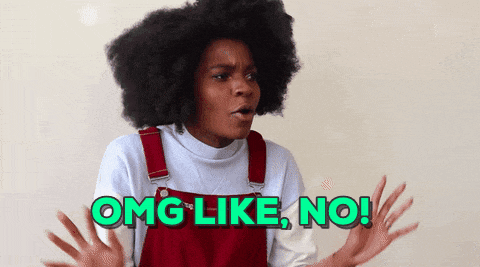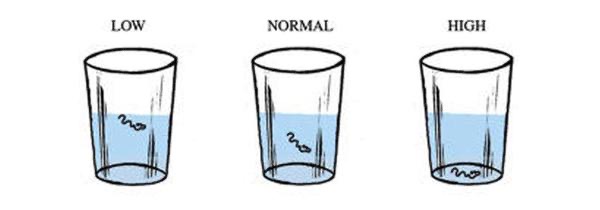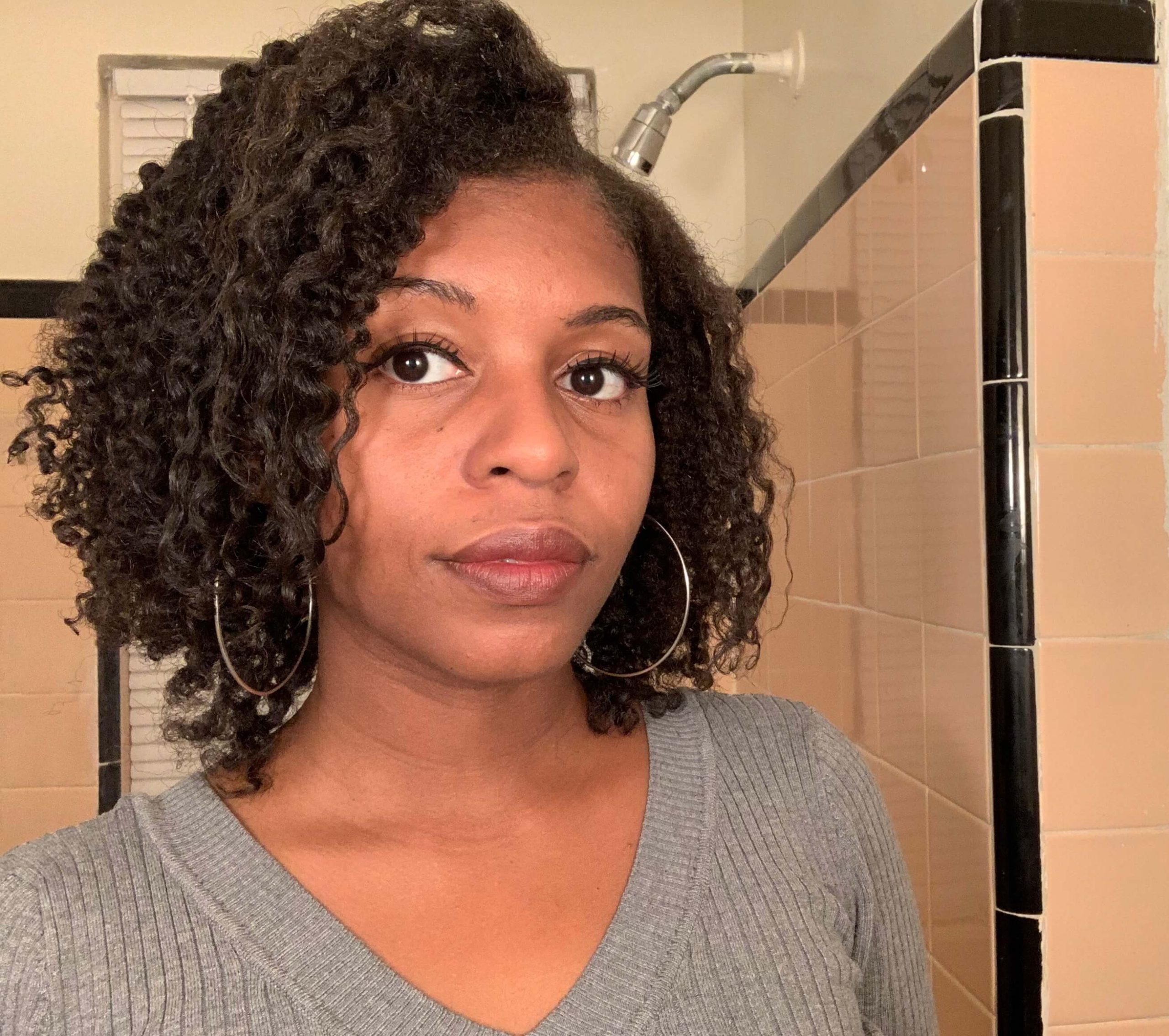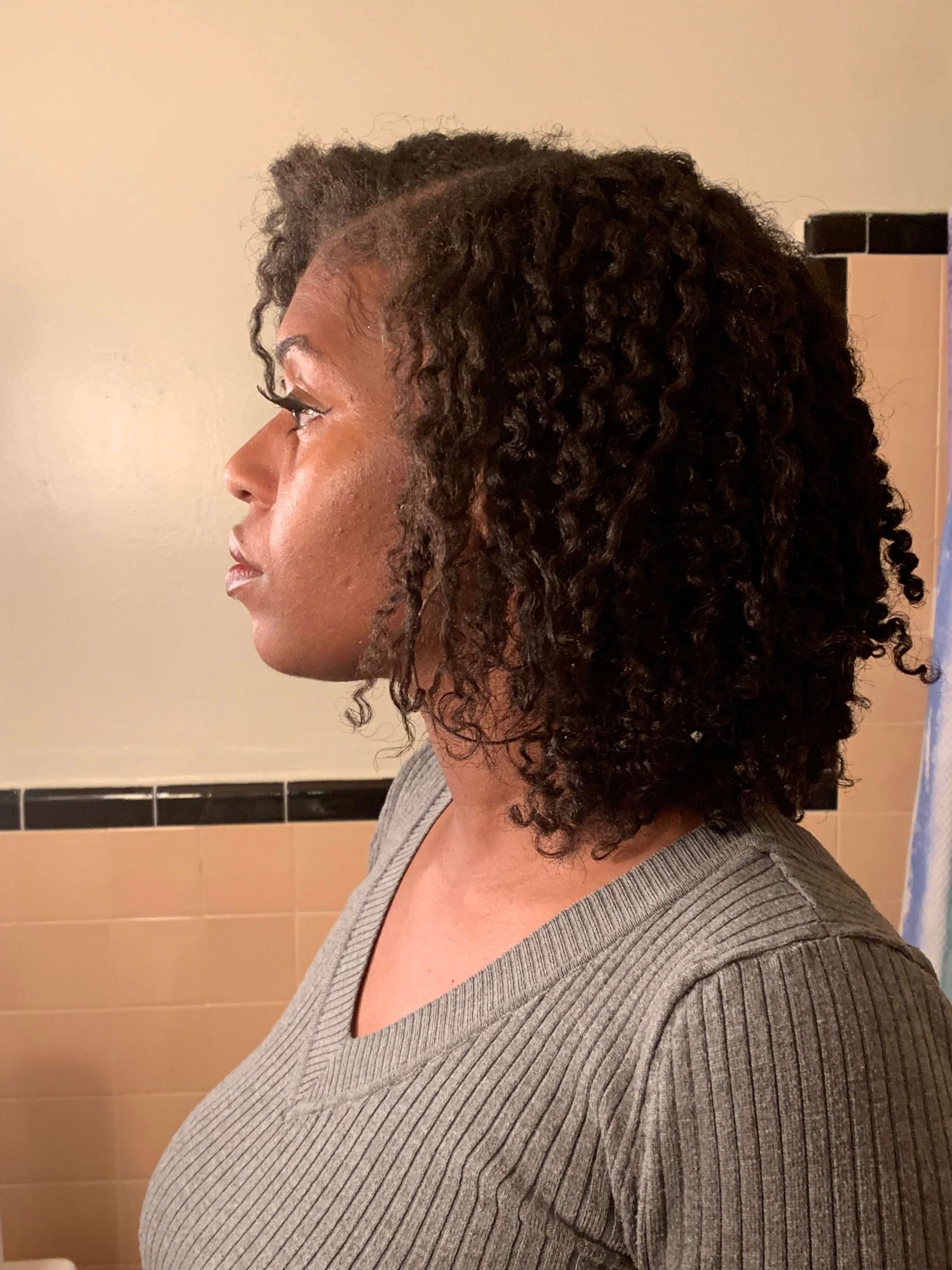Do you know the porosity of your hair? Depending on what influencers you follow, opinions on knowing your hair’s porosity varies. Some say it’s important, others say it’s all about knowing the curl pattern instead.
There are also hair enthusiasts who do not care to know their porosity or curl pattern. Somehow, they still achieve the healthiest, shiniest, and juiciest results! I definitely do not belong in that sector 🤣.

I learned the hard way that I couldn’t just look at my favorite YouTubers’ curls and say “we’re hair twins!” “Let me follow her regimen to a tee!” I am still learning my hair, but knowing my porosity has helped out more than y’all will EVER understand!
Later on in the post, I’ll explain what porosity I initially thought that I was. Then, switching porosity sides, and going back home after nearly damaging my hair 😓.
Without further adieu, here is the meaning of hair porosity and why it is so important to know!
What is porosity?
To put it simply, it’s your hair’s ability to absorb and retain moisture. Who knew porosity existed until taking the journey to go natural? I sho didn’t! Why is it important to know? I think we all can agree that natural hair is..well..DRY.
At least it is before adding our favorite products and when we’re due for wash day. There’s no way around it. Porosity plays a key role in the natural hair regimen because we need to know how to lock in moisture! There are three types of porosity: Low, Medium, and High.
Here’s a breakdown of what each type is:
Low Porosity: Moisture is very hard to get into the hair. This is because the hair cuticles are tightly closed. Once that moisture gets into the hair strands, it will stay locked in – usually for days. The challenge would be to get it in.
Medium Porosity: Moisture is neither difficult nor easy to get into the hair. It’s balanced! Your hair can receive and retain moisture. It also shines and hairstyles may last longer without having to refresh. This is probably the type that most of us wish that we’d have!
High Porosity: Water absorbs easily Into the hair strands. The cuticles are wide open, which allows it to be highly receptive to hydration. Although water gravitates to hi-po hair, moisture can leave just as fast! It is required to seal the hair with a heavy cream or butter to keep it hydrated.
How can one tell their porosity?
There are a number of tests to try, but some may not be very accurate. For example, the float test is one of the popular methods to learn your porosity type. I’ve tried it and got mixed results. To test, you must take a few strands of hair either from a brush or straight from the head after hair is freshly washed.
Next, grab a glass of water and place your strands in the glass. Wait a few minutes for the following: Hair that floats at the top: Low Porosity. Hair that sinks and remains mid-glass: Medium Porosity. Hair that sinks right to the bottom of water glass: High Porosity.

I used two separate glasses of water – one for the freshly washed strands straight from my head and some that I found in my Denman brush, which contained products. The glass containing the freshly washed strands were floating and sinking at the same time 🧐. I looked at the glass with the hair from my Denman brush and it was floating. The confusion!! So I began to think about my hair during each wash party.
Does my hair take a long time to get fully saturated in the shower? Do my products melt into my hair or sit on top? Does it take a long time for my hair to dry or does it dry quickly? I also noticed little beads of water on my hair after washing it – just before applying a deep conditioner.
This is another sign of low porosity hair. So I must be a lo-po gal! I then began to avoid protein like the plague and follow a strict lo-po regimen. A lot of naturals with low porosity hair tend to be protein sensitive. High porosity folks are the exact opposite, their hair thrives on protein.
Anyway, I researched what products to use as a lo-poey gal. My go to style is a two strand twist out. I noticed that my hair would look nice and defined for two days max 🤔.


Then I’d just end up putting my hair in a puff.

Sometimes it would be busted from the start 😂! Just a big ol’ batch of dry n frizz. What was happening to my hair? Then I began to question my porosity. Thanks to sometimes obsessively googling, I came across a forum of naturals claiming that they got their porosity wrong! Some thought they were high porosity, but were really lo-po and vice versa. So I soaked it allllll in and said OMG…I must be high porosity!!
Thanks, Google 😒😂 .
After my “new-found discovery,” I went protein crazy. I started using a deep conditioner by Shea Moisture called High Porosity Moisture Masque. It also happened to be one of Naptural85’s faves at the time. So I started using it religiously! It worked well for the first few wash parties. I try to wash weekly, but it doesn’t always happen that way. Hair was feeling good and smooth, I was happy! Then, I used it for the final time. It felt great as I applied into my hair, but washing it out went to a new level. My hair felt coated and rough.

I suspected protein overload so I panicked! If I am hi-po then why is my hair reacting this way?! I ended up cutting a good amount of hair off and tossing that protein engulfed deep conditioner into the garbage 🗑️. Remember I said I began to avoid protein like the plague earlier? Yeah don’t do that. Protein sensitive or not, the hair still needs a little amount of it for strength and to avoid breakage. That is probably why my hair took well to the deep conditioner initially because I wasn’t showing it any protein love!
Well it turns out that my a** is lo-po:
✅ Takes a while to saturate hair with water
✅Water beads on hair after wash
✅Hair does not like or need a lot of protein
✅ Prefer lightweight oils like sweet almond, argan, jojoba.
And I’d better not go out there tryna be something that I’m not.
The Takeaway
Get to know YOUR hair. It may take a while to figure out, but eventually you’ll find out what works for you. Looking at the beauties and handsomes (for all the natural men out there ?) online to follow exactly what they do most likely will not give you the same results. If it does, then the hair gods are on your side!
Keep a journal of your wash days. Write down EVERYTHING that you use and the results. Was your hair a vibe? Was it just OK? Was it triggles 🗑️? This will help you improve and define your regimen.
Be aware that hair porosity can vary throughout the head. Some parts of the hair may be extremely low/med/ high porosity and others may be more or less receptive to moisture. That is likely why one strand was floating at the top while another was sinking in the glass when I did the test. But hey, that test may be a little sketchy.
Don’t give up! Whatever you do, just keep going! I see so many influencers on YouTube starting to relax their hair because they’ve grown tired of the maintenance of natural hair. That is their choice, no judgment on my end but please don’t throw in your microfiber towel just yet.
What are your thoughts on hair porosity? Is it important to know? Drop a comment down below!

Pingback: canadianpharmaceuticalsonline.home.blog